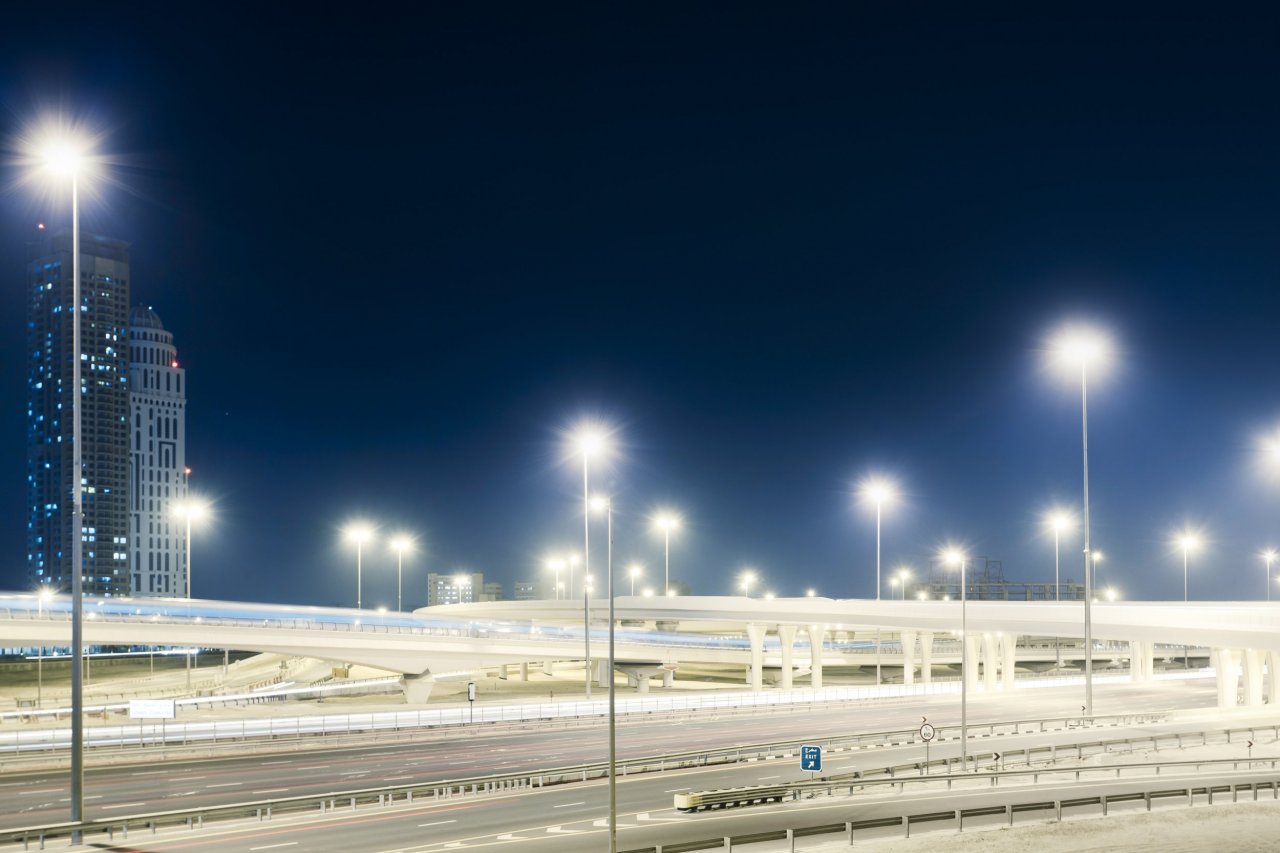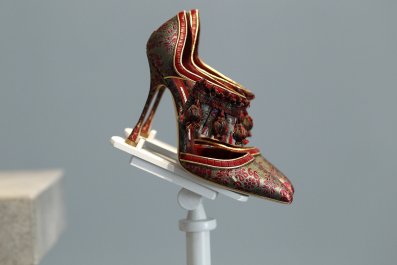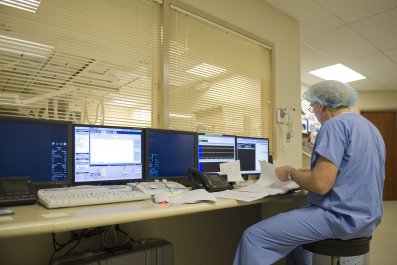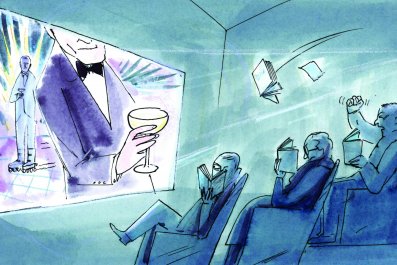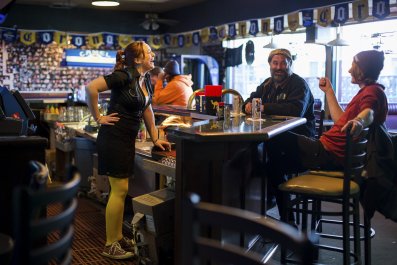How many CEOs of the Internet of Things companies does it take to screw in a lightbulb?
Apparently all of them, since every IofT company—from General Electric to Samsung to startups like Sensity—wants to get into your light sockets.
Coming off this month's lighting industry conference, LightFair International, there is nothing hotter in the networking space than the idea of sensor-laden LED bulbs sending back data about stuff like air quality, commuting patterns or whether your dog gets on your sofa when you're not home.
While some of the industry's pitches seem over-caffeinated, there is an intriguing notion at the end of this rainbow: Light sockets are a logical path to a global sensing network that allows us to understand movements and patterns around the globe in real time. The technology would create a kind of quantified planet, and it promises to help us do unheard-of things like spot wars before they start or see fashion trends unfurl as they happen.
"There aren't many things where the measure of what's connected can be in the billions," Philips's chief strategist, Jim Andrew, told Fast Company. "That's just a world we were never really in, so people don't even know the questions to ask."
But...light sockets? Well, yes. They are shaping up as an inevitable gateway drug to the Internet of Things, which is why CEOs are seeing little cash registers before their eyes.
For starters, light sockets are nearly as common as mosquitoes. One estimate says there are 4 billion street lamps in the world. There are another 4 billion household light sockets in the U.S. alone, an average of 52 per house. (Americans are light hogs. The Netherlands, for instance, averages 40 per house.) Add in businesses, schools, airport terminals and so on, and you get to tens of billions of sockets spread across every populated area.
Each socket is a source of electricity, which can power sensors and wireless networking devices embedded in a bulb. But more important, lots and lots of the incandescent light bulbs currently in sockets are starting to be switched out for LED lights. The initial reason is pragmatic: LEDs save enormous amounts of energy. New York, for instance, figures it will save $14 million a year in electricity once it replaces all its street lamps with LEDs by 2017.
But in the larger picture, LEDs are essentially digital lights. So we're about to witness the transformation of lighting from analog to digital. Think of what happens when anything goes digital: music, video, shopping, phones. Entirely new applications become possible. That's what will happen to lighting. We'll increasingly have lights that can be digitally tuned—colors, hues, brightness—while also gathering information and sending it to other nearby lights, to devices like a smartphone or back to big databases through the cloud. Lights have always been dumb and lonely. They're about to get smart and connected.
Early apps will combine sensing and lighting in some interesting new ways. One company, Terralux, is marketing LED networks that can detect odors or smoke, with enough intelligence to understand whether the drapes are on fire or you're just burning something in the oven. The network might then trigger an alarm and set off a pattern of flashing warning lights. Another class of application, for retail stores, would analyze sales data and map it to different lighting in the store to see what lighting drives the most purchases.
A next level of apps will do more ambitious local sensing. Lighting networks will be able to track cars in a mall parking lot, alerting shoppers to empty parking spaces and telling retailers inside when a crowd is coming. For police, light networks will detect gunshots with far better accuracy than current technology, and sense when gathered people are moving in a way that suggests they're getting into a brawl. Lighting company TCP is marketing "motion and presence" sensing, which, unlike typical motion detectors, can tell if something is in a room but not moving. It could catch your dog sleeping on the couch he's forbidden to be on, and maybe make the lights flash like lightning to scare Fido so he runs off the couch and under the bed.
The big prize of this technology will be a globally connected light platform. GE, Samsung, LG and other global behemoths have announced efforts in this space. Cisco last year partnered with startup Sensity, which got out ahead of the trend in 2013 with what it calls a Light Sensory Network. "Four billion street lights are crying out to be elements of a new network," Sensity CEO Hugh Martin tells me. "So we wondered, What else could you do with that?"
Digital lights can be set up to sense weather, sounds, chemicals in the air, seismic activity from earthquakes or tanks rumbling past, motion and presence, and probably a whole lot of other things. Sensity is trying to create a common platform so all the data from all these lights, indoor and outdoor, can be anonymized and made available to application developers. That would create an astonishing flow of data, opening up possibilities for deep analysis of how the world works—and also giving us instant, real-time views, as if we are hooking up the planet to an EKG and watching its heart beat.
Privacy is part of the pitch of Sensity's network and others like it. The one thing the light sensors don't do is shoot video or take pictures. So individuals won't be identified, only patterns. But those patterns can be powerful. In the data, researchers might identify combinations of motion, sound and smell that reveal an army coalescing and moving—an early war detection system. By seeing weather more intimately, scientists might find the butterfly wing flap in Indonesia that leads to the hurricane off Florida. Motion pattern sensors might record that women walking on the streets of Paris are wearing longer skirts, and see the trend spread from city to city.
And still, in a charming way, this powerful quantified-planet network will be built by all of us, screwing in one lightbulb at a time. Even magazine editors can help. Do you know how many it takes to screw in a lightbulb? At least three: one to put it in, one to take it out, another to put it back in...



